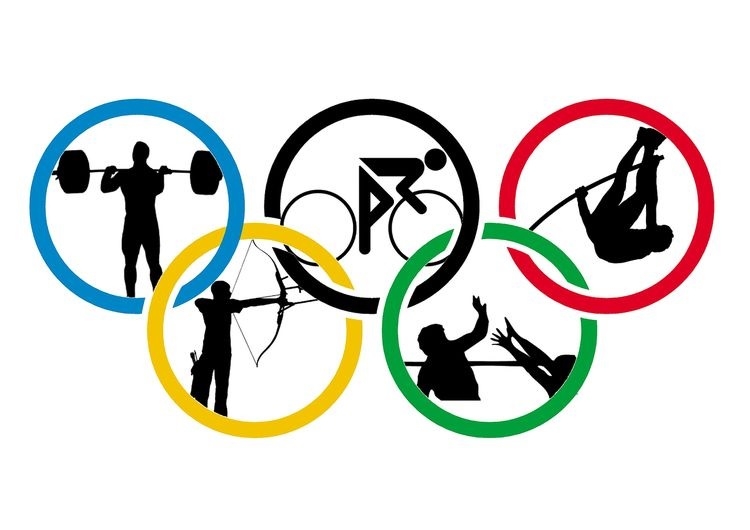Learning from the Olympics
Date :07-Aug-2021

THE Olympics 2020 is in session and many a sports lover is feasting on the top quality visual and sporting delights on TV. While the thrills are exciting enough, there are also many examples of heartwarming sportsmanship and exemplary noble behaviour that are on display at the Games. And there is much to learn from observing the conduct of these great sportspersons, both during, and after, their competitive battles.
Remember, these contestants have pushed themselves through years of gruelling training. They have sweated out under physical and psychological experts to give of their best in every match, pushing their limits to beyond the unthinkable. They have been tuned to psyche themselves into ruthless warriors during a match, showing no mercy in their hunt for victory and glory, just as they know that none will be shown to them if they betray even the slightest window of vulnerability to their opponent. During a match, each participant is at their peak capabilities as vanquishers.
Yet, observe also the way they conduct themselves after a match. And also in the moments when they aren’t competing but just training, practising, moving around the Games Village interacting with other sportspersons and officials of every culture and region. They turn into models of humaneness and etiquette. Rarely, if ever, will one find a participant who carries their almost beastly match temperament outside the match. When not playing, they present the best of themselves as people and sportspersons. They are, after all, expected to be model ambassadors of their country in addition to being contestants. No doubt, it is also the strict code of discipline and behaviour that every participant is so expected to follow, that has ingrained this code of conduct in them. Or they risk facing disciplinary action and suffering ignominy and loss of reputation. In the team sports like table tennis, badminton, volleyball, basketball etc, one will often see contestants’ stance change from being merciless, to being very pleasant to everyone around immediately after the contest is over. They shake hands or touch elbows or rackets, or even pat each other, and sometimes hug (hugging is usually avoided in these COVID times). It was heartening to see our own ace shuttler P V Sindhu using the Indian traditional ‘Namaste’ to greet the opponent and referee after the match. On display too was the courteous way in which table tennis opponents would softly tap their rackets after a match, and touch elbows with the opponents’ coaches. The volleyball and basketball players go straight for a warm hug with the opponents after a match, even though moments ago they were savagely jostling each other for the advantage. Boxers too end their contest with tapping the back of the opponent’s neck, or hug them as if to say, “No hard feelings, dude.” In fact, there was one amusing bout when at the end of each of the three rounds, one boxer was shaking hands with, and half-hugging his opponent, almost appearing apologetic for pummeling him during play.
People would do themselves a great service by watching the Olympic Games telecasts once in a while. These titbits of sideline activity are more likely seen in live telecasts, being excluded from the highlights broadcasts. Parents would find it a great source of learning for themselves and their kids. It is a handy demonstration of how we humans, given to such easy failings on behavioural parameters, get to see how we can give of our uncompromised, competitive best in a contest, while at the same time be the paragon of discipline and courtesy in our general worldly conduct.